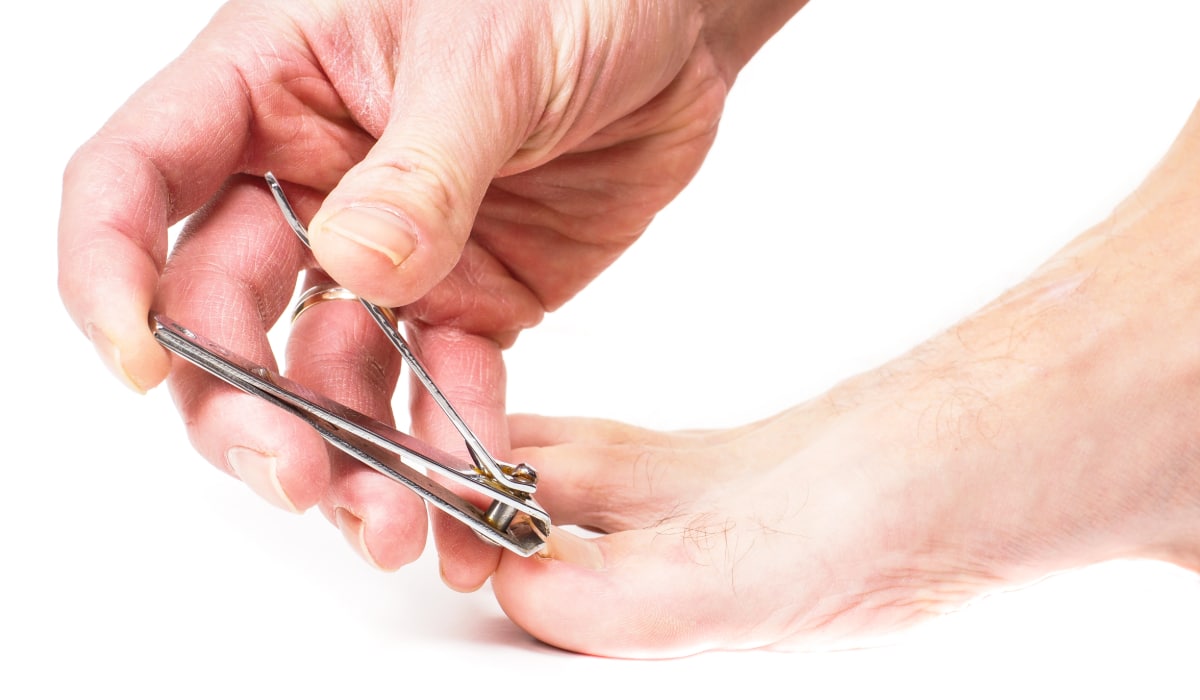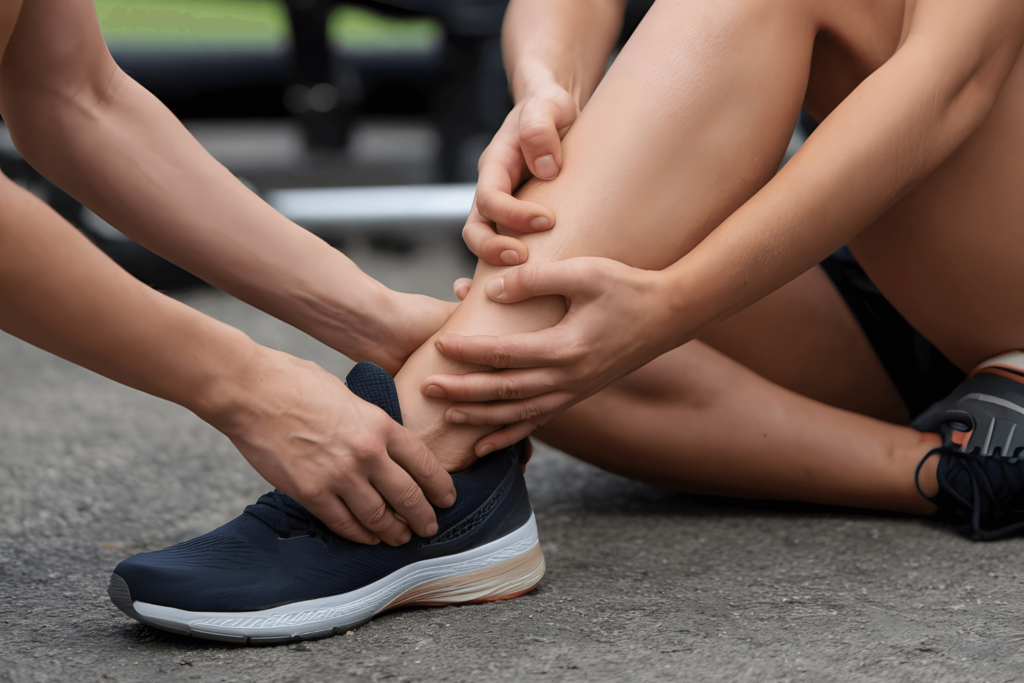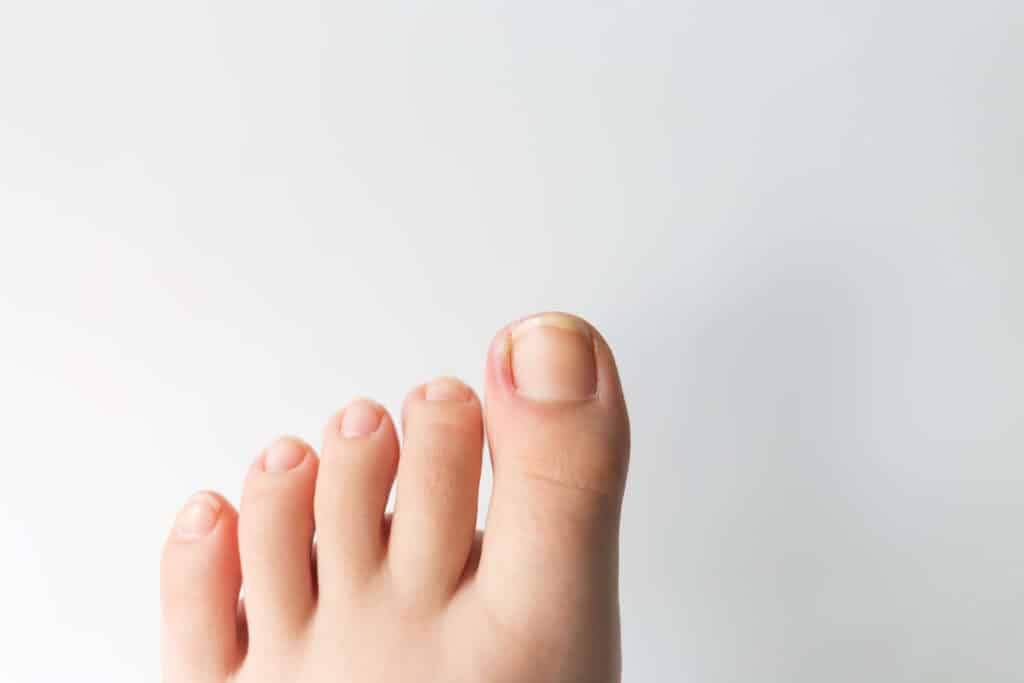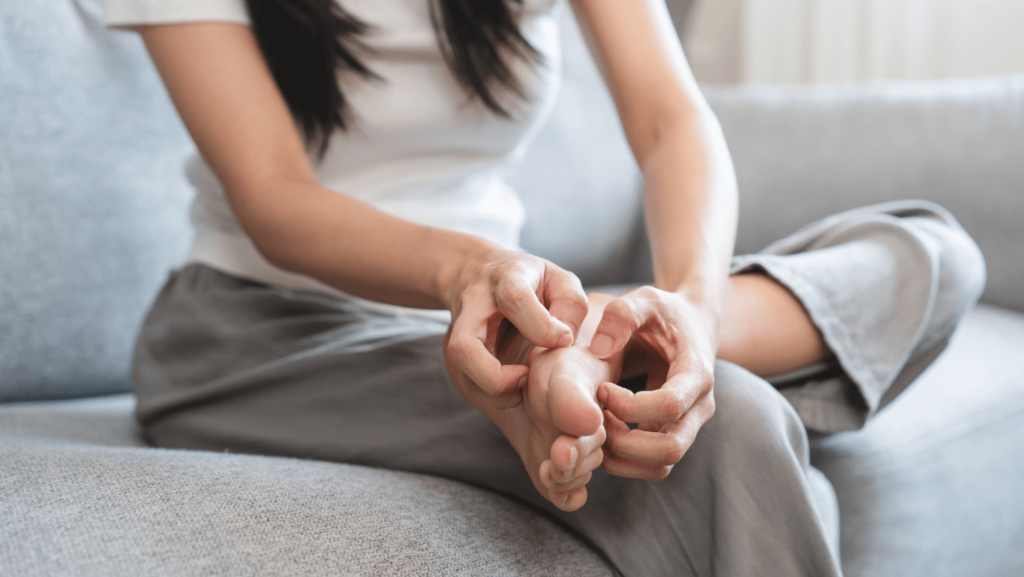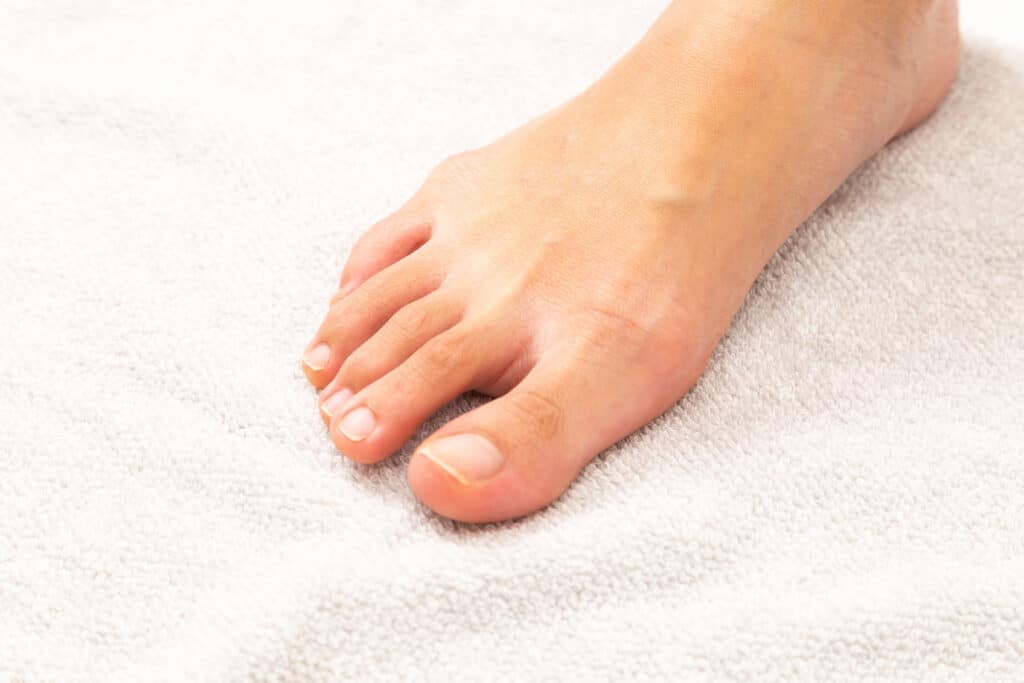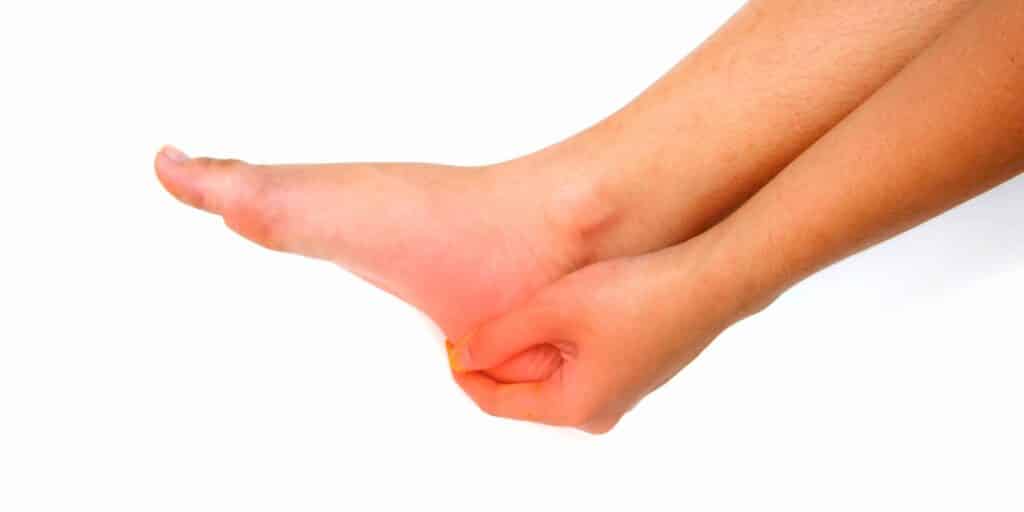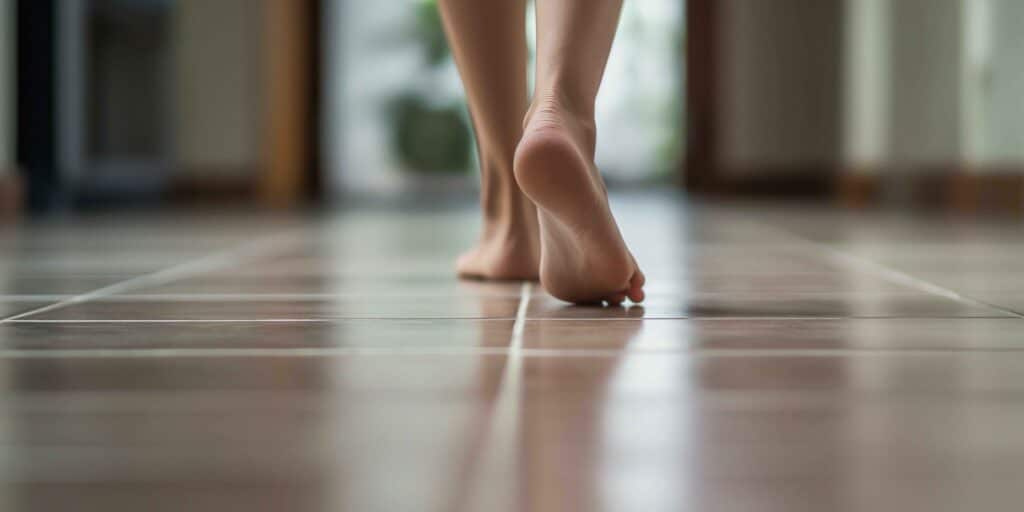An ingrown toenail occurs when the edge of the nail grows into the surrounding skin, often leading to pain, swelling, and tenderness. Though this condition is common, it can interfere with daily activities if left untreated. The good news is that most cases can be relieved with simple home remedies, while more severe cases benefit from safe and effective professional treatment.
1. At-Home Remedies for Ingrown Toenails
One of the easiest ways to ease discomfort from an ingrown toenail is with warm foot soaks. Adding Epsom salt or mild soap to a basin of warm water and soaking your foot for 15–20 minutes, two to three times a day, can help reduce swelling and soften the nail. After soaking, gently massaging the skin away from the nail may help relieve pressure, though it’s important to use a delicate touch to avoid further irritation.
Keeping the toe clean is equally important. Applying an over-the-counter antibiotic or antiseptic cream can help prevent infection. After cleansing and applying ointment, covering the area with a loose bandage provides added protection. Choosing footwear that gives your toes room to breathe—such as wide-toed shoes or open sandals—can also reduce irritation and allow the nail to heal more comfortably.
2. Warning Signs to Watch For
While mild ingrown toenails often improve with home remedies, certain symptoms should not be ignored. Redness, swelling, pus, or worsening pain are all signs of infection. If these symptoms develop, it’s best to stop home treatment and contact a podiatrist right away.
3. Why You Should Avoid DIY Nail Removal
It may be tempting to try removing the nail at home, but “bathroom surgery” carries serious risks. Digging into the nail without proper tools or anesthesia often leads to infection, makes the condition worse, and causes unnecessary pain. Professional podiatry care is always the safer option.
4. Professional Ingrown Toenail Treatments
When home care isn’t enough, podiatric treatment offers a quick and reliable solution. In-office procedures are performed under local anesthesia, allowing the podiatrist to remove the ingrown edge of the nail safely and comfortably. If infection is present, medications such as antibiotics may be prescribed. For patients who suffer from frequent ingrown toenails, a permanent option is available where part of the nail root is removed to prevent regrowth. Recovery is usually simple, with most patients returning to normal activities within a day.
5. Long-Term Foot Health Tips
Preventing ingrown toenails starts with proper nail care. Toenails should be trimmed straight across rather than rounded at the edges, and cutting them too short should be avoided. Wearing shoes that allow enough space for your toes can reduce pressure on the nails, lowering the risk of recurrence. If ingrown toenails continue to be a problem, regular visits to a podiatrist can help manage and prevent future issues.
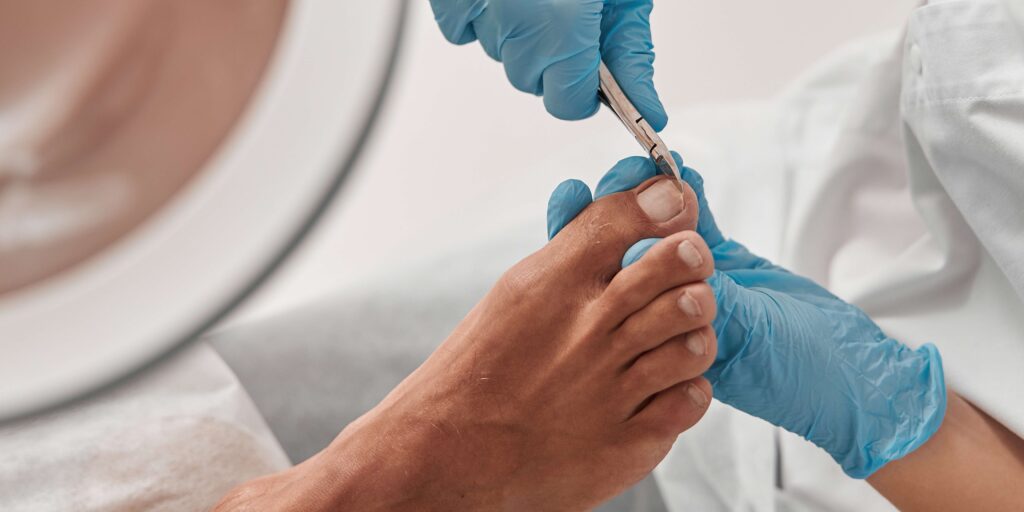
Conclusion & Call to Action
Ingrown toenails are painful but highly treatable. Most cases respond well to simple home remedies, but when pain persists, infection develops, or the problem keeps returning, professional care is the best choice.
If you’re struggling with an ingrown toenail, don’t wait for it to worsen. Call our office today at 510-647-3744 or schedule an appointment online. Expert treatment is just a step away, helping you get back to pain-free living. and our team is dedicated to providing the best care for your well-being. Don’t hesitate to take the smart step toward optimal foot health—schedule a visit with us today!

